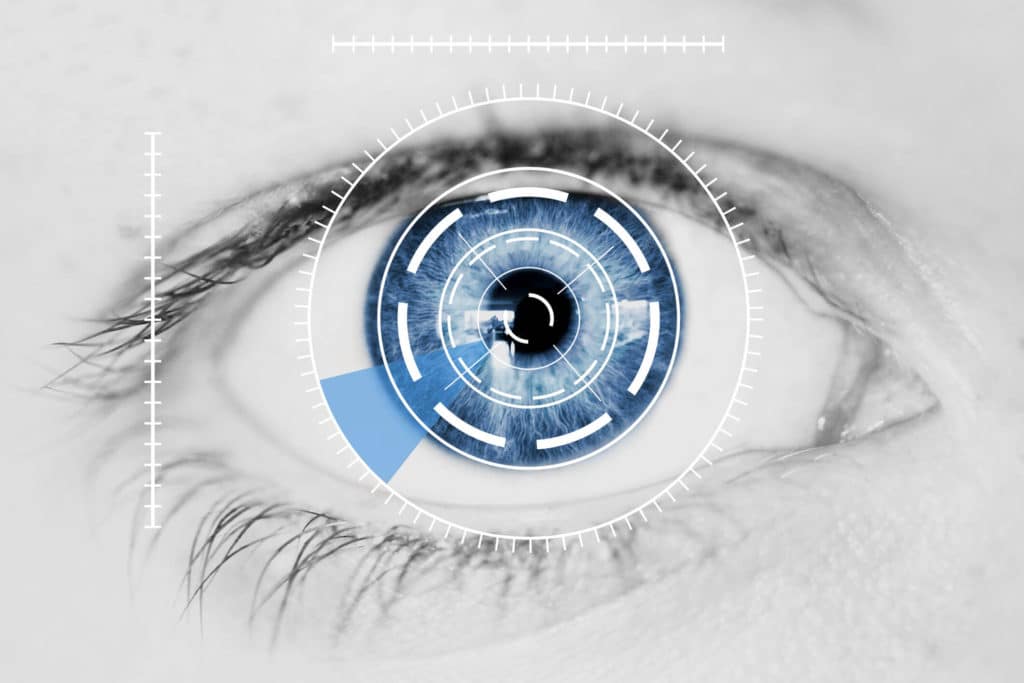Part 1: Introduction To Dynamic Range Optimisation
At some point in our career, every photographer will be faced with capturing a scene that the camera has no chance of achieving. These scenes usually contain average lighting punctuated with highly illuminated areas and dotted with dimly lit regions of shadow. Typical examples of this include interiors or outdoor shots when the sun is very bright and casts striking shadows on objects. But all is not lost. Dynamic Range Optimisation (DRO) can overcome these hurdles with some remarkable results.
In this series of articles, we’re going to look at the concept of DRO and how it can be applied to overcome the trickier situations just described. We’ll look at some real-life applications of this technology and how it can be adapted to achieve eye-catching creative results.

What is Dynamic Range Optimisation?
Dynamic Range Optimisation is not a new concept but an emerging technology. Before DRO, photographers worked with High Dynamic Range (HDR) techniques to overcome some of the trickier situations we’ve previously described. DRO and HDR work in very much the same way. To understand how DRO works, we first need to understand the concept of Dynamic Range. To achieve this, we need to look at something closely related to the camera; the human eye.

The eye and the camera work in very similar ways. The pupil adjusts the amount of light entering the eye, just like the aperture ring in a camera.
The eye’s lens focusses the object we’re looking at in the same way the lens in the camera does. The light then enters the eye falls on the retina allowing the brain to translate what it is we’re seeing. The camera’s film or digital sensor performs the same task.
However, the human eye will always beat the camera hands down when it comes to adapting to scenes of extreme light intensities. Imagine yourself sitting in a room at noon on a bright day. The sun is at its highest and reflected light is streaming into the room to illuminate the environment around you.
If you look out of the windows, you will be able to see clearly what is outside the room. As you begin to look around, you will be able to see an area of
What’s happening here is that the eye is continually adjusting both the lens and pupil to ensure a clear view. The advantage the human eye has over the camera is the dynamic range of light it can process.
Dynamic range describes the intensity of light from very bright illumination through to dimly lit shadows. Another critical factor is how much detail can be processed for a given illumination value. Camera sensors have a much narrower dynamic range than the human eye.
As technology has moved on, the dynamic range of sensors has slowly increased. But all technologies have their limitations which is why the human eye remains a remarkable piece of natural evolutionary engineering.
Let’s go back to our room for a moment and imagine that we want to take a photo of the entire area of the room including the windows and objects opposite the windows on the other side of the room.
The camera is presented with a scene of high dynamic range from the bright light entering the windows to the shadows cast by furniture or corners of the room. The camera cannot process this entire range to achieve a balanced exposure. The best it can achieve is to read all the lit levels it is presented with and calculate an average setting to gain the best possible exposure.
The result will be, frankly, not the best! The centre of the image will be relatively well exposed. However, the window area will be overexposed and completely blown out.
No detail of what is outside the room will be captured. Similarly, the area of shadow in the room will be underexposed, resulting in specific areas having no illumination at all and appearing completely black. This is where DRO can help overcome this problem.
In Part 2, we look at High Dynamic Range vs Dynamic Range Optimisation.
Take a Course With IOP®
If you decide it’s too challenging to learn photography on your own, get some help from the experts. IOP® provide the most popular online photography courses available. We have over 20,000 students, all over the world, following our program and creating photographs they never thought possible.
